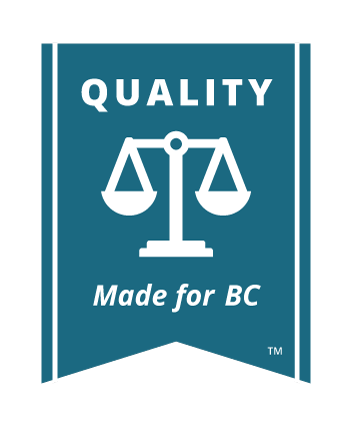Serving Documents
Serving documents, means giving the other party court documents. You must serve court documents following the processes for service in the court rules. There are two ways to Serve Documents: Personal Service and Ordinary Service
Personal Service
Personal service occurs when someone physically hands the document over to the other party who needs to receive it. Personal service must be done by someone over the age of 18. You cannot personally serve a document on the other party. Someone else has to do it for you. It can be someone you know or you can hire a professional, called a process server.
Ordinary Service
Ordinary service usually means that the document was dropped at their address for service, mailed, faxed, or emailed to the other party. You will have to choose the method of service depending on the information that they provided on their court documents. Remember to use whatever the other party has listed as their address for service and nothing else.

Lawyer’s Tips
Do not deliver anything to an address that is not listed; even if you know the right email or fax number to use.
How to Serve?
How you need to serve a document depends on what court you are dealing with and what document you are using. Do not make assumptions about how to serve a document. Instead, check the rules frequently to make sure that you are following the proper service procedures.

Resources
For a step by step guide on how to serve documents see Serving Documents .
Provincial Court Chart
| Personal Service | Ordinary Service |
|---|---|
|
|
Supreme Court Chart
| Personal Service | Ordinary Service |
|---|---|
|
|

Resources
See the Family Law in BC's Guide for serving documents in Provincial Court and Supreme Court
Proof of Service
Once you’ve served your documents, you should be able to prove you have served them in case the court requires it. To prove you have served a document, an affidavit will be needed. Whoever has served the documents will need to fill out an affidavit stating they served the document and have it notarized. Refer back to Affidavits for information on how to write affidavits. The affidavit form will depend on the court and type of service.
| Type of Service | Court Form |
|---|---|
| Supreme Court Personal Service | Affidavit of Personal Service Form 15 |
| Supreme Court Ordinary Service | Affidavit of Ordinary Service Form 16 |
| Provincial Court Personal Service | Certificate of Service Form7 |

Lawyer’s Tips
For provincial matters the affidavits to prove service are attached to the application to obtain order forms.






